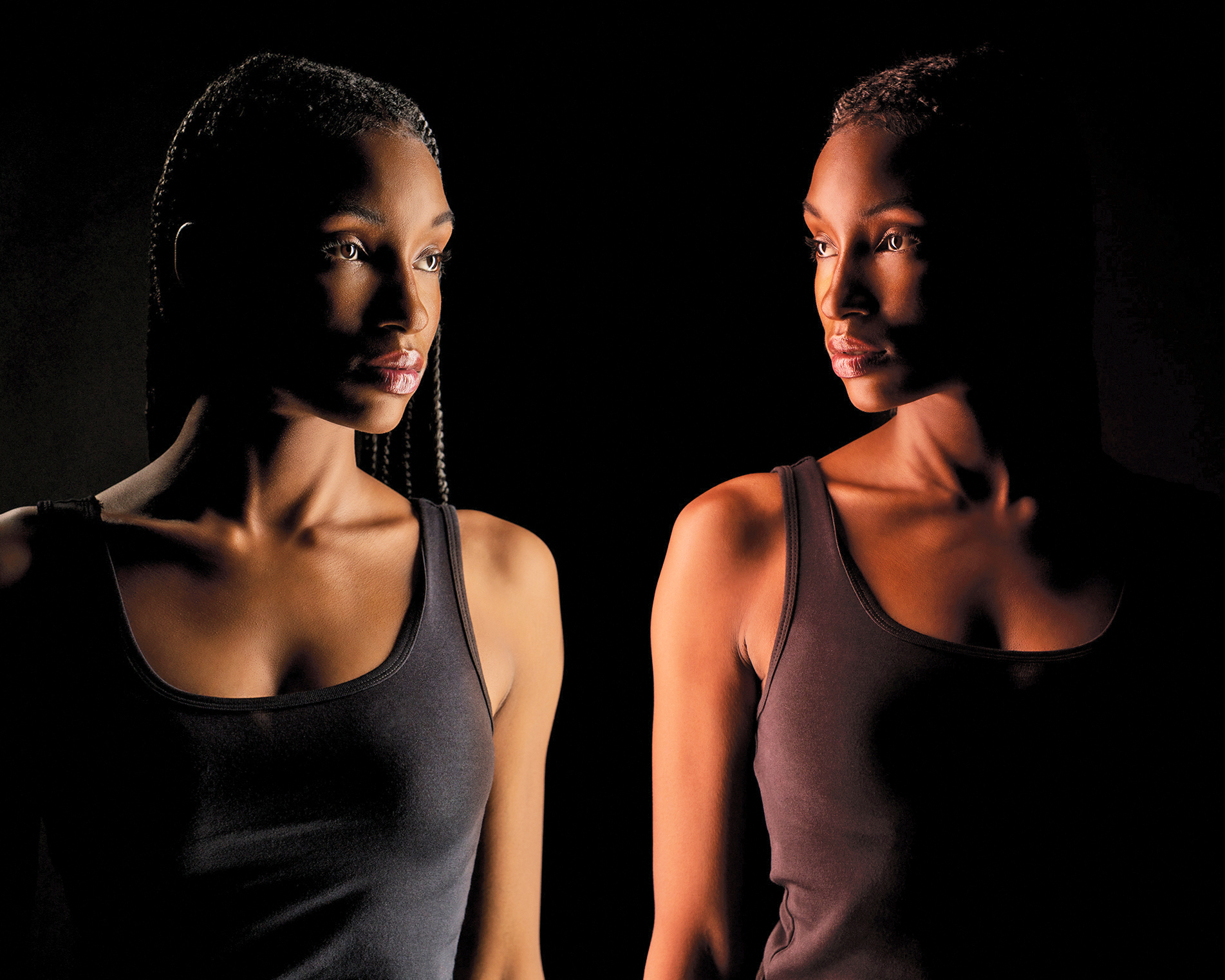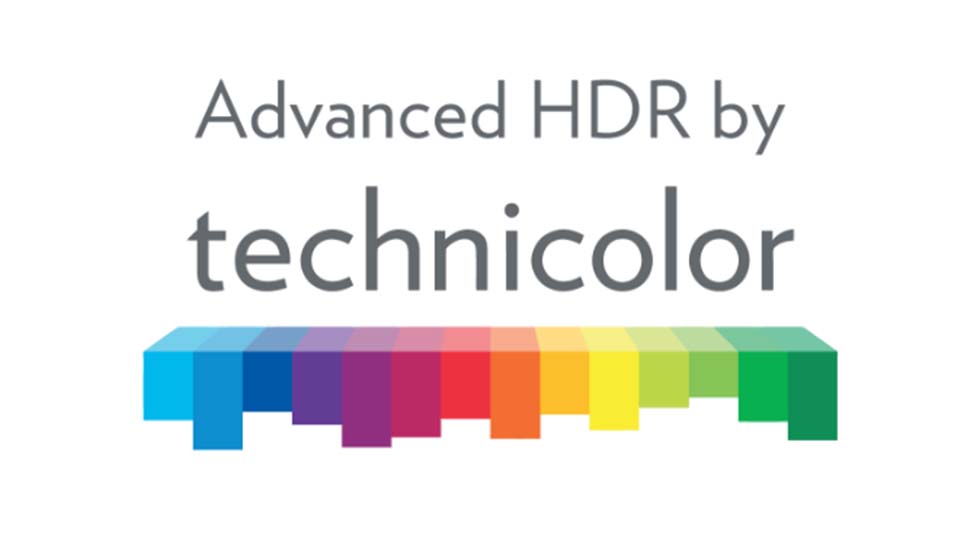What’s the Best Color Temperature for Lighting TV Studios?
Today we can choose which color temperature we want based on what’s better for the subjects

Back in the age of incandescent lights we only had one color temperature to choose for studio production. Until fairly recently, studio lighting was almost exclusively incandescent. There were a few exceptions—if you didn’t mind lousy color quality, blistering UV, open flame, smoke, or neurotoxic waste, but incandescent was simply the choice. If you could overlook its lousy efficiency and enough waste heat to grill a steak, heating a piece of tungsten until it glows white-hot is a pretty good way to make broad-spectrum light.
And yet there was something sublime about a light source that is the physical embodiment of a theoretical blackbody radiator, upon which Lord Kelvin based the Correlated Color Temperature (CCT) scale. Whatever the shade, skin tones look great under the warm glow of incandescent. That positive quality is still worth pursuing today.
Before the BBC settled on their standard for high definition color, they polled the public to find out what they liked best. All else being equal, most people preferred warmer colors that were well-saturated. That preference has been baked into our DNA since we discovered life was better around the hearth.
Why Studios Chose 5600K for LED
The comforting glow of a fire and candle light notwithstanding, why did we abandon the warmth of incandescent for “daylight” fixtures in our studios? The change was driven by twin technological advances in LED lighting fixtures and flat panel video displays.
LEDs have a large efficiency advantage over tungsten, but it was the daylight (5600K) versions that became the dominant choice in studio lighting. This was due to the superior output and color quality of the early daylight LEDs as compared to incandescent (3200K) ones. As LED technology has advanced, the performance advantage of 5600K over 3200K LEDs has mostly disappeared.
Color visibility depends on the light source containing the colors we want to see reflected."
Another important advantage of 5600K LEDs was their ability to closely match the default color temperature of video displays that were becoming popular on studio sets. This contributed to daylight-balanced LED lights becoming our new choice of one.
Is 5600K Still Our Best Option?
Today’s LED lights provide high-output and excellent color accuracy across the spectrum. They’re not only nearly a perfect match for incandescent or daylight—they can also produce the color temperatures in-between (provided they can hold the Planckian Locus, which is another topic). And where fixture selection used to be either daylight or incandescent, bi-color and full-color fixtures are rapidly becoming the industry norm.
The professional video industry's #1 source for news, trends and product and tech information. Sign up below.
Now that it’s no longer an “either/or” choice, we can choose which color temperature we want based on what’s better for the subjects—and that’s something new.
Choosing a Balance That Compliments Skin Tones
Color visibility depends on the light source containing the colors we want to see reflected. High quality “white” light contains all colors, but it’s the balance of red that has the greatest impact on skin tone. Here’s why.
All skin tones have similar undertone reflectance past 600 nanometers because that’s the spectral profile for blood. The bright red part of the spectrum, represented by the R9 chip of the extended Color Rendering Index (CRI), is essential for good skin tone reproduction. And although red is present in all CCTs, its relative amount varies depending on which color temperature is used.
Every color temperature has its own Spectral Power Distribution (SPD) profile. As you can see in Fig. 1, LED daylight (5600K) is more heavily weighted towards blue, while the “incandescent” LED (3200K) is weighted towards reds. But note that the 4400K SPD shows a relatively neutral balance that’s between daylight and incandescent. “White” will look nominally the same, but individual colors will track somewhat differently depending on the color bias of the particular SPD profiles being used. We can use this to our advantage.
That raises the question of why, other than LED development history and its legacy equipment, are we still choosing 5600K for new installations?
Our understanding and use of warm colors to enhance skin tones isn’t new, but we’re still discovering how to apply this information in the age of variable CCT lighting. A number of manufacturers are already incorporating this color science to their light fixtures.
Some companies, such as Creamsource, ETC, and Rosco DMG Lighting, are building fixtures that incorporate deep red LED emitters and broad range phosphor-converted red LEDs to improve how people look under their lights. To use an audio analogy, including deep red spectrum light for skin tones is like adding a tweeter to a speaker system for improved high frequency sound.
If red is the point, why not return to 3200K? Because there’s more at play.
LED video walls and monitors have their own distinct CCT requirements. They don’t currently do well at 3200K, particularly in the brightness range that matches today’s studio lighting levels. With a default white-point of 6500K, their bit depth suffers at low intensity settings. Yet there is still room for some adjustment. It turns out that 4400K provides for additional skin-tone-friendly warmer light, while not straying too far off the default color temperature of video screens.
A “Goldilocks” compromise of 4400K? “Not too hot. Not too cold. Just right!”
It turns out that 4400K brings back into play some of the warmth we used to have with incandescent while avoiding the muddiness in the blue/green range that can be associated with lower color temperatures. Best of all, 4400K still plays friendly with the video screens.
Another advantage of this approach is that using 4400K “neutral white” employs both sets of the bi-color LED emitters, leveling out their respective wear over the fixture’s life.
Bi-color and variable color temperature LED lights are rapidly becoming the industry standard. And with that advent, mid-CCT options are now feasible. That opens up new options to choose whichever CCT is most useful in presenting our stories and characters. And with that new capability, we finally have more color temperature options for our studio lighting.
Bruce Aleksander invites comments and topic suggestions from those interested in lighting at TVLightingguy@hotmail.com.
Bruce Aleksander is a lighting designer accomplished in multi-camera Television Production with distinguished awards in Lighting Design and videography. Adept and well-organized to deliver a multi-disciplined approach, yielding creative solutions to difficult problems.


